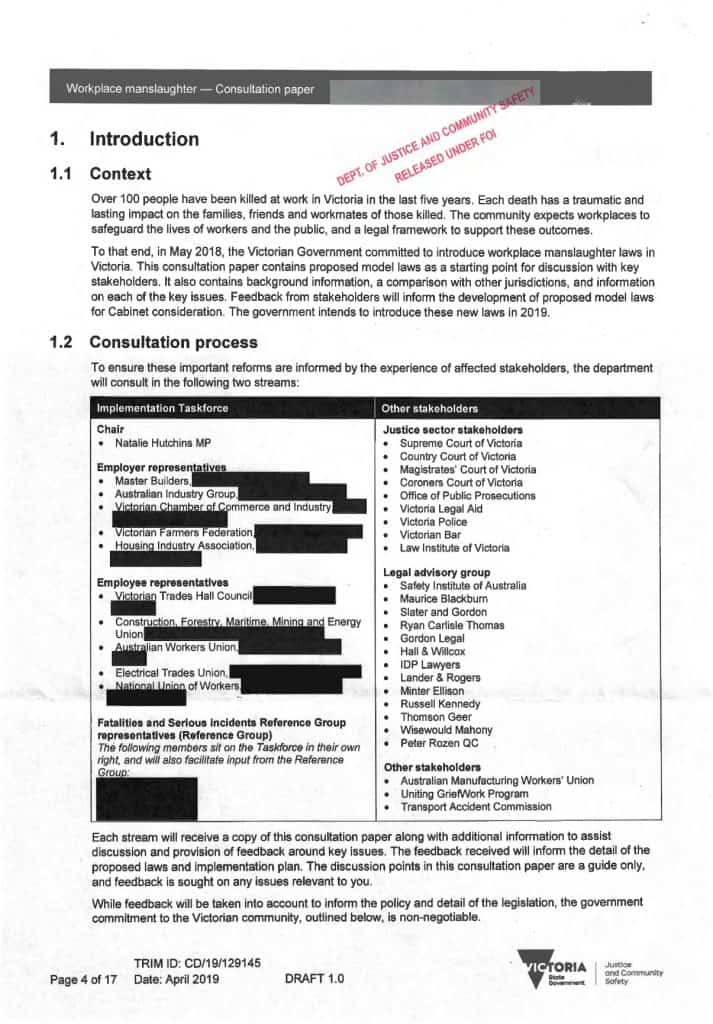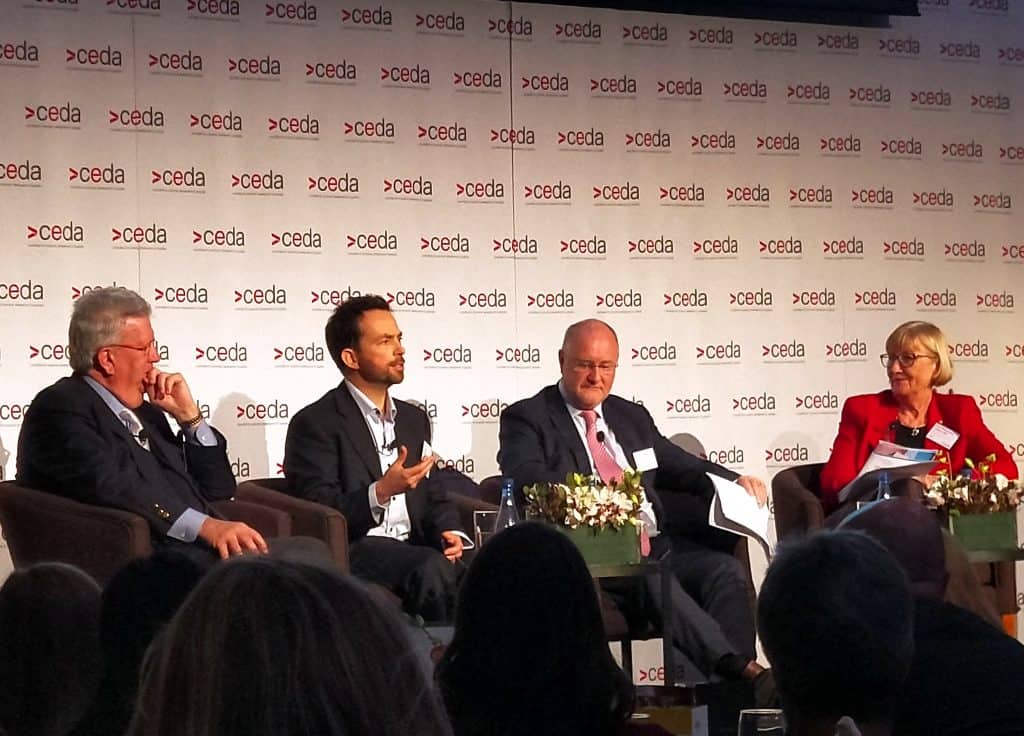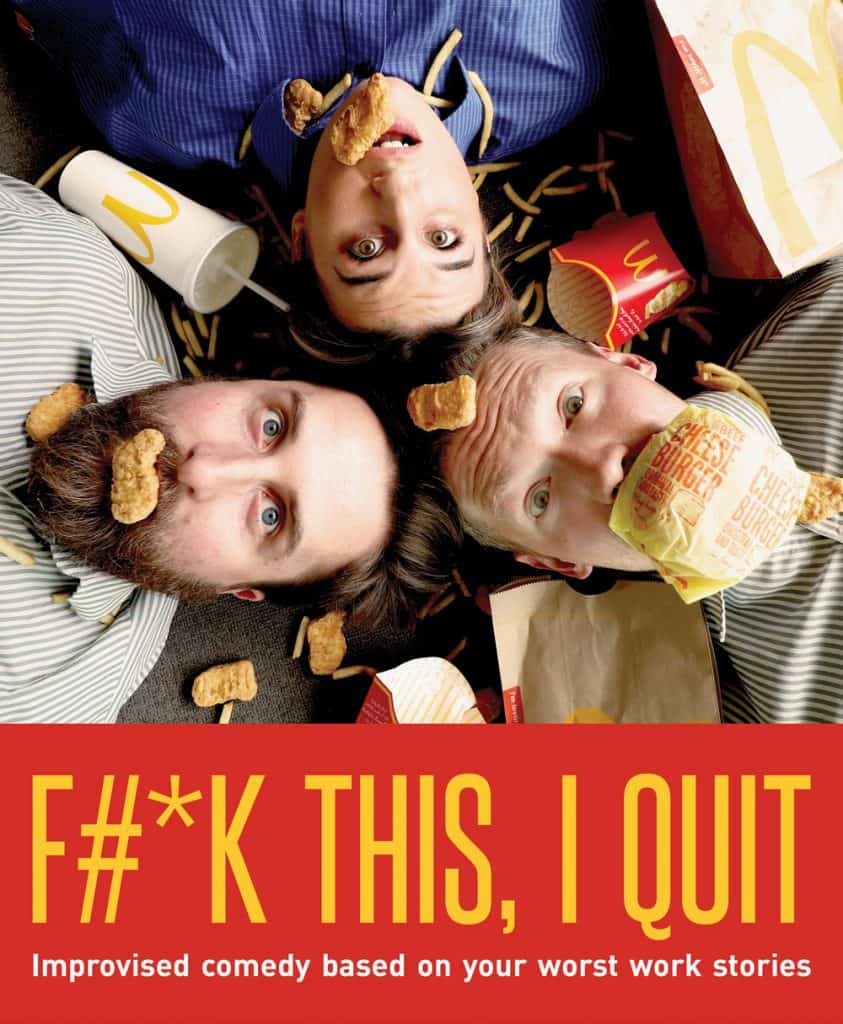There are a few occupational health and safety (OHS) matters in Australia that happened in the last week that are of note. SafetyAtWorkBlog has put together a quick list of those matters of interest.
Big Mental Health Challenge
“The Australian Capital Territory has appointed its first “dedicated psychological health officer [who] will equip workplaces with the tools and resources needed to support the social and emotional wellbeing of working Canberrans.
The psychological health officer will provide employees, managers and supervisors with support such as information sessions, accessible resources and training programs. WorkSafe ACT inspectors will also receive training and access to ongoing mentoring for responding to psychological hazards.”





